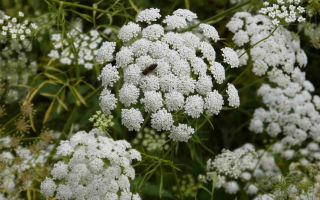Content
- 1 What it looks like and where it grows
- 2 Anise chemical composition
- 3 What is useful and what does anise cure
- 4 Cooking methods
- 5 Application in traditional medicine
- 6 Slimming application
- 7 Cooking applications
- 8 Application in cosmetology
- 9 Why anise is harmful and contraindications
- 10 Collection and procurement
- 11 Conclusion
The beneficial properties of anise and contraindications were studied in ancient Greece. They were even mentioned in the writings of Hippocrates. On the territory of Russia, anise received the status of a cultivated plant in the 19th century. He has gained wide popularity in healing, aromatherapy and cosmetology.
What it looks like and where it grows
Anise is an annual herb belonging to the Celery family. It has many health benefits. The length of its stem is 50-60 cm. Closer to the ground, it is straight, and towards the top it begins to branch. Typical pubescence can be seen on the surface of the shoots. The leaves located at the foot have notched-toothed edges. Wedge-shaped leaves are located in the middle of the stem. At the top, they are whole or divided into 3 parts. In appearance, anise partially resembles dill.
The flowering period of anise is from June to July. The inflorescences of the plant appear at the top. They are complex umbrellas covered with small white flowers. From a distance, they resemble sea foam.
The anise plant, the photo of which is posted below, has a lot of medicinal properties. Thanks to this, it began to be cultivated in Mexico and southern Europe. In Russia, the plant is ubiquitous in Voronezh, Belgorod, Kursk region and Krasnodar Territory. Anise prefers areas with black soil. It does not inhabit solonetzic and clayey soil.
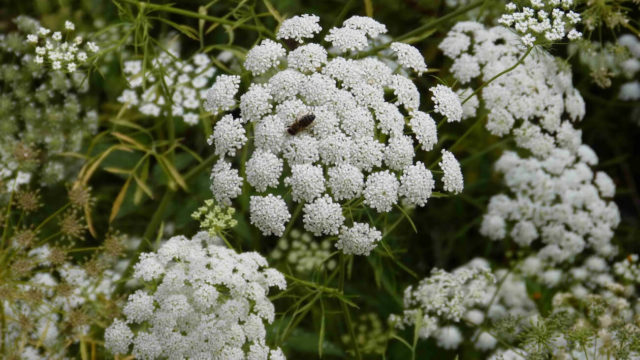
Anise chemical composition
The healing properties of anise are explained by its rich composition. It contains a large number of organic compounds. Of no small importance is the content of aromatic acids. The highest concentration of nutrients is presented in the fruits of the plant. The chemical composition of anise includes the following elements:
- essential oils;
- anisic acid;
- vitamins of groups B, C and P;
- anisketone;
- camphene;
- ketine;
- aldehyde;
- minerals (calcium, zinc, phosphorus, magnesium, manganese, copper and potassium);
- methylchavicol;
- organic acids;
- anethole;
- dipentene;
- saccharides;
- fixed oils.
Methylhavicol has an antispasmodic and tonic effect on the body. It has a beneficial effect on kidney function. The vitamin component in the plant helps to strengthen the immune system. Organic acids help maintain the acid-base balance in the body. The need for them increases with low acidity of the stomach, chronic overstrain and kidney disease.
The essential oils in anise have a beneficial effect on the functioning of the nervous system. Anethol, in turn, has antimicrobial and analgesic effects. It helps to cope with pathogens.
What is useful and what does anise cure
Since ancient times, anise has been widely used to treat various diseases. The seeds of the plant are especially popular. 100 g of seeds contain a daily dose of copper and manganese, as well as ½ of the daily dose of iron. That is why anise can be used as a preventive measure. It perfectly strengthens the immune system and normalizes digestion. The beneficial properties of anise for the human body include:
- getting rid of insomnia;
- anti-inflammatory action;
- improving visual function;
- removal of spasms and pain syndrome;
- normalization of kidney function;
- sedative effect;
- improving the condition of the skin and hair;
- antimicrobial and antiviral effects;
- acceleration of regenerative processes;
- treatment of skin diseases;
- stimulation of appetite;
- getting rid of flatulence;
- improving the work of the heart muscle;
- antiparasitic action;
- normalization of bowel function.

Why anise is useful for women
Due to its antispasmodic effect, anise is often used to relieve menstrual pain. Its anti-inflammatory and diuretic effects make it suitable for the treatment of genitourinary infections. The rejuvenating effect of the plant is important in the fight against age-related changes. The plant is often used for the manufacture of cosmetics. During breastfeeding, anise is recommended to use to improve lactation.
Why anise is useful for men
The beneficial properties and use of anise are in demand among men. It is often used to treat erectile dysfunction. It also has a beneficial effect on the emotional background and improves appetite. Anise is recommended for use by men whose activities are associated with severe nervous stress. It helps them boost their immunity and physical stamina.
Cooking methods
Anise has been used in medicine for thousands of years. During this time, several methods of its preparation have spread at once. To stimulate appetite and improve the functioning of the gastrointestinal tract, alcohol tincture is often used. The broth has a pronounced diuretic effect. Anise infusion is used to eliminate insomnia. When choosing a method for preparing a therapeutic agent, the nature of the disease must be taken into account. To obtain the desired potency, it is extremely important to adhere to the recipe.
Tincture
Anise tincture has gained immense popularity in the treatment of colds. It significantly improves immunity and improves digestion. Among other things, it can be used as a disinfectant. It effectively kills pathogenic bacteria and relieves pain. But children and pregnant women are not recommended to use this type of remedy.
Components:
- 1.2 liters of vodka;
- 100 g of anise seeds.
Cooking process:
- The seeds are poured into a dark glass bottle and filled with 600 ml of vodka.
- The drink must be infused in a dark place for 3 days.
- After the specified time, add the remaining vodka to the container.
- The drink is taken 5-10 drops 3 times a day.

Infusion
The infusion is great for helping to cope with anxiety and relieve stomach pain. Substances in its composition are also able to cleanse liver cells. To eliminate insomnia, the herbal infusion is drunk in combination with hot milk.
Ingredients:
- 1 tsp chopped anise;
- 250 ml hot water.
Cooking steps:
- The raw materials are poured into a suitable container and filled with water.
- After 15 minutes, filter the drink.
- Reception is carried out in 1-2 tbsp. l. up to 4 times a day, before meals.

Decoction
Anise decoction is taken orally with a lingering cough.It is also sometimes used to reduce nicotine cravings. The broth eliminates bad breath and heals minor mucosal damage. In some cases, it is used to relieve flatulence.
Components:
- 200 ml of boiling water;
- 20 g aniseed seeds;
- 20 g of honey.
Recipe:
- Plant seeds are poured with water, after which the container is put on fire.
- The drink must be brewed for 15 minutes.
- After removing from heat, the broth is insisted for another 20 minutes.
- Honey is added to the finished drink, stirring it thoroughly.
- Filter the broth and take 1 tbsp. l. 3 times a day.
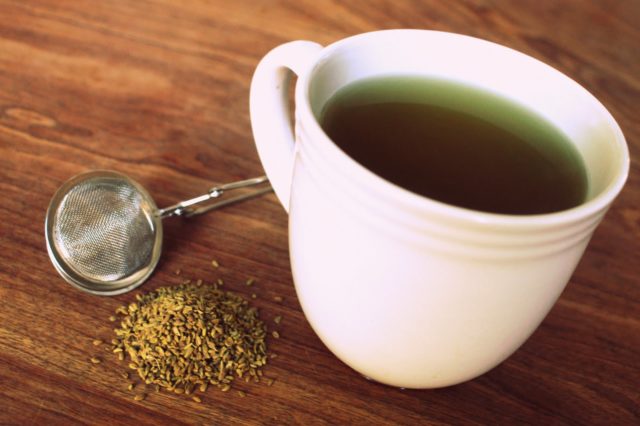
Tea
The benefits of aniseed tea are to normalize appetite and have a beneficial effect on the functioning of the nervous system. It is excellent at quenching thirst and helping to cope with coughs. Experts recommend drinking anise tea during the demi-season, when viral and colds are activated.
Components:
- 500 ml of water;
- 1 tsp anise seeds;
- 1 tbsp. l. black tea.
Recipe:
- Seeds are poured with boiling water and infused for 15 minutes.
- The resulting infusion is poured into tea leaves, after which it is kept for another 5 minutes.
- You can add honey to the finished drink if you wish.
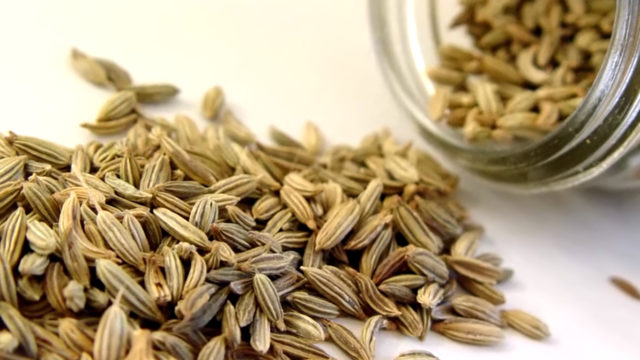
Drops
Anise drops are often used to treat coughs in children. They have a thinning effect on phlegm. The drops are a colorless liquid with a rich anise aroma. To prepare them, you will need the following components:
- 15 ml of 10% ammonia solution;
- 2.8 g anise oil;
- a few drops of ethanol.
Cooking steps:
- Alcohol is diluted with water before being added to the remedy.
- All components are mixed in a separate container. It is desirable that it be equipped with a dispenser.
- Children are given 3-5 drops, after diluting them with water or fruit drink. Single dosage for adults - 15 drops.
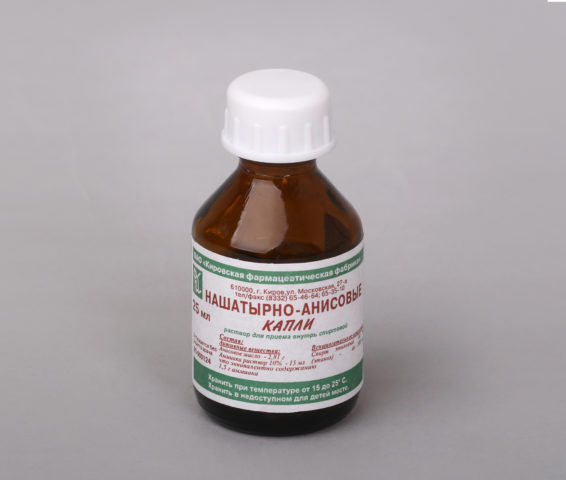
Anise water
Anise water is often used for colds. In addition, it has powerful antimicrobial properties. As part of complex therapy, it is often used to treat gastrointestinal diseases.
Components:
- water;
- anise oil.
Cooking steps:
- The ingredients are mixed in a 1: 1 ratio. For 1 liter of water, 1 ml of oil is required.
- The resulting remedy is taken in 1 tbsp. l. 4-5 times a day.

Essential oil
The medicinal properties of anise oil include a positive effect on the nervous system. It has a relaxing aroma and tonic effect. The oil is widely used in everyday life, in cosmetology and aromatherapy.
Components:
- 1 tbsp. almond oil;
- 60 g of anise seeds.
Recipe:
- The seeds are lightly fried in a hot skillet for 5 minutes.
- The fried seeds are ground with a mortar to a powdery state.
- The resulting mixture is poured back into the pan and poured over with oil. It is kept on fire for no more than 10 minutes.
- The cooled oil is poured into a suitable storage container with a sealed lid.
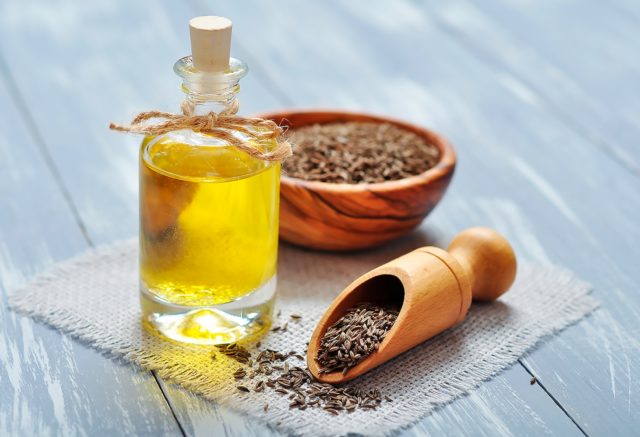
Application in traditional medicine
The beneficial properties and contraindications of anise seeds should be known to everyone who is interested in herbal medicine. They can be used as a preventive general tonic. But anise also works well for certain diseases. It is important to use it strictly in accordance with the recommended dosages.
With genitourinary diseases
Anise is also in demand in the treatment of genitourinary diseases. It has a pronounced diuretic and anti-inflammatory effect. To eliminate infection, use infusion and alcohol tincture. The treatment regimen should be discussed with your doctor. It can change, depending on the nature of the disease.
For skin diseases
The ability to accelerate regeneration makes it possible to use anise for skin diseases. It effectively heals burns and minor injuries. Its broth is used to make compresses and is taken orally. For cosmetic imperfections, it is applied to the skin pointwise. The optimal dosage for internal administration is ½ tbsp. in a day.
From cough
Anise is effective in treating coughs caused by whooping cough, colds or bronchitis. It can often be found as the main component of anti-asthma mixtures. For the treatment of children, inhalations with the addition of anise decoction are often used.
For constipation
In case of violation of the stool, anise grains are used in the form of a classic infusion. It is taken in 100 ml 3 times a day. To avoid reducing the effectiveness of the remedy, you need to refuse to add sugar to it. The infusion has a laxative effect, therefore, on the first day of admission, it helps to eliminate constipation without health consequences.
For headache and toothache
The plant copes well with high temperatures and relieves pain spasms. Therefore, it is used to eliminate headaches and toothaches. In the pharmacy, you can find specialized anise drops designed for these purposes.
Slimming application
The health benefits and harms of anise are of interest to those who seek to lose weight. The seeds of the plant are high in calories. There are 383 kcal per 100 g. Despite this, anise does provide an essential aid in the weight loss process. It has a mild laxative effect and restores bowel function. The diuretic effect of the plant helps to get rid of edema, which significantly reduces body weight. For weight loss, anise infusion is taken at ¼ st. 2 times a day. Reception is desirable to carry out 20 minutes before meals.
Cooking applications
The beneficial properties of the anise spice have made it common in cooking. In addition, it has a rather interesting taste and aroma. When ground, it is added in the manufacture of bakery products, canned vegetables, meat and fish dishes. Anise perfectly complements the taste of alcoholic drinks and vegetable salads. For a long time, many beneficial properties have been attributed to the seasoning of anise. It was considered an excellent tonic and tonic.
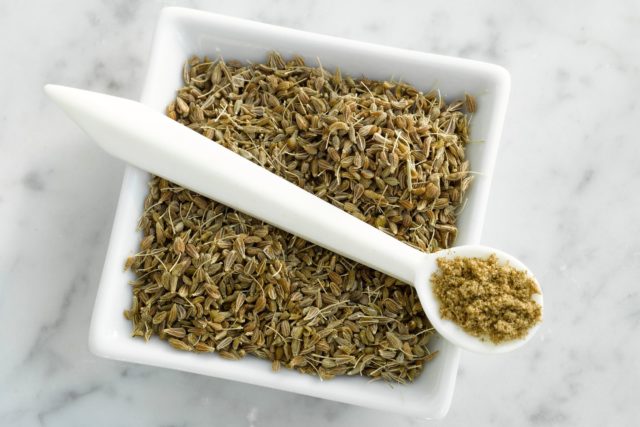
Application in cosmetology
The medicinal properties and contraindications of anise herb must be taken into account when using it in cosmetology. It contains substances that can keep the skin and hair in excellent condition. Thanks to potassium, the plant has a smoothing effect on the epidermis, which reduces the number of wrinkles. Fatty acids in the composition of anise restore the water-lipid balance, thereby relieving puffiness and evening the complexion.
Anise infusion is added to multi-component masks and used as a cleansing lotion. It can be combined with base oils, clay and herbal extracts. Masks with anise are recommended to be kept on the skin for 15-20 minutes. It is advisable to wipe the face with infusion 2 times a day.
Why anise is harmful and contraindications
Anise fruits have not only beneficial properties, but also contraindications. It is not recommended to use it in the following cases:
- pregnancy;
- allergic reaction;
- acne;
- age under 12;
- peptic ulcer;
- blood pathology.
Possible side effects that occur after using anise include allergic reactions and diarrhea. Allergy is accompanied by skin rash and itching.To eliminate it, you need antihistamines and the complete elimination of a potential allergen.
Collection and procurement
The collection of the plant is carried out at a time when the umbrellas become grayish. This takes place in the second half of August. It is advisable to collect the plant in a clear and dry weather. It is very important to distinguish anise from similar plants such as fennel and cumin. Anise has smaller seeds and a rather pronounced aroma.
For drying, anise is laid out in bunches and hung in a ventilated room. It is important to avoid exposing them to sunlight. The dried plant is sorted out. The seeds are kept separate from the leaves and stems. Store the prepared raw materials in tightly closed containers. For use as a seasoning, the seeds are ground until smooth. Dried anise should not be exposed to moisture and sunlight. Subject to the necessary conditions, its shelf life will be 3 years.
Conclusion
The beneficial properties of anise and contraindications are of fundamental importance to the supporters of alternative medicine. The plant has a lot of medicinal properties, but it must be used with extreme caution. The effectiveness of therapy depends on how well the selected scheme is followed.

